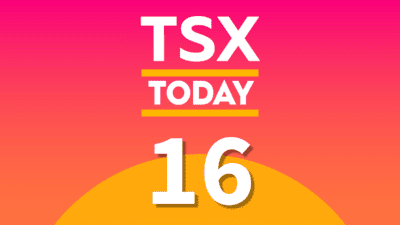CERB is being extended another month, with Ottawa announcing an extra $37 billion in new income support measures. And though CERB is being wound down, the rules for Employment Insurance (EI) are being relaxed. This will broaden eligibility for out-of-work Canadians to make use of EI. Additionally, a raft of new income support programs are being put in place. The transition to EI is part of an ongoing effort to counter the economic damage of the pandemic.
If this transition from CERB to EI is as seamless as planned, the initiative could go a long way towards a faster economic recovery. Investors should therefore take these new measure of a potential sign that the recession could follow a V-shaped model. There is also some indication that the current recession will not be as drawn out as the one that followed the Financial Crisis of 2008.
Buy stocks with comeback charisma
Movie theatres, sports media, retail, hospitalities, air travel — all of these areas could see a period of strong upward momentum upon a recovery. Even fairly prosaic areas such as energy and commodities will see gains according to this model. An uptick in manufacturing would see metals and forest products bounce back, for instance.
There’s already been a mid-pandemic taste of this. While the rise in prices was attributed to a supply bottleneck rather than ratcheting demand, names like Canfor and West Fraser Timber rose recently on higher lumber prices. A recovery in building and construction could have a similar effect, with demand driving higher prices and thus adding layers of upside to relevant producers.
It’s touch and go whether construction will sink or swim in the near term, however. It all depends on the type of recession the current situation develops into. A quick recovery — that is, a V-shaped recovery — could involve a boom in construction. Consider the U.K., which is looking at “building its way out of recession.” While this may seem simplistic, the idea of leaning into regeneration has its merits as a response to economic hardship.
Buying on weakness for a market recovery
Meanwhile, all of those investors who have been diligently stacking shares in airlines might just be onto something. Air Canada could have a lot of upside if it can get through the next few quarters without going bust. Of course, some pundits would argue that this is a pretty big if. Still, as a national market leader in commercial air travel, Air Canada is well placed to capitalize on a return to the skies.
This name is still down by around 63% since last year. However, thanks in large part to contrarian investors, the worst of the selloff is behind Air Canada. For the last three months, Air Canada has been negative on average by just 4.6%. Another iconic brand to consider buying before a recovery is Canada Goose. Down 43.6% in 12 months, the luxury apparel stock is good value for money and poised for a comeback.
 Claim Membership Credit
Claim Membership Credit







